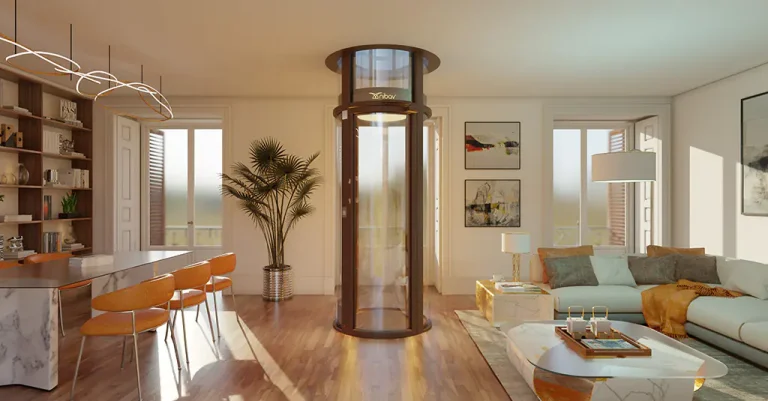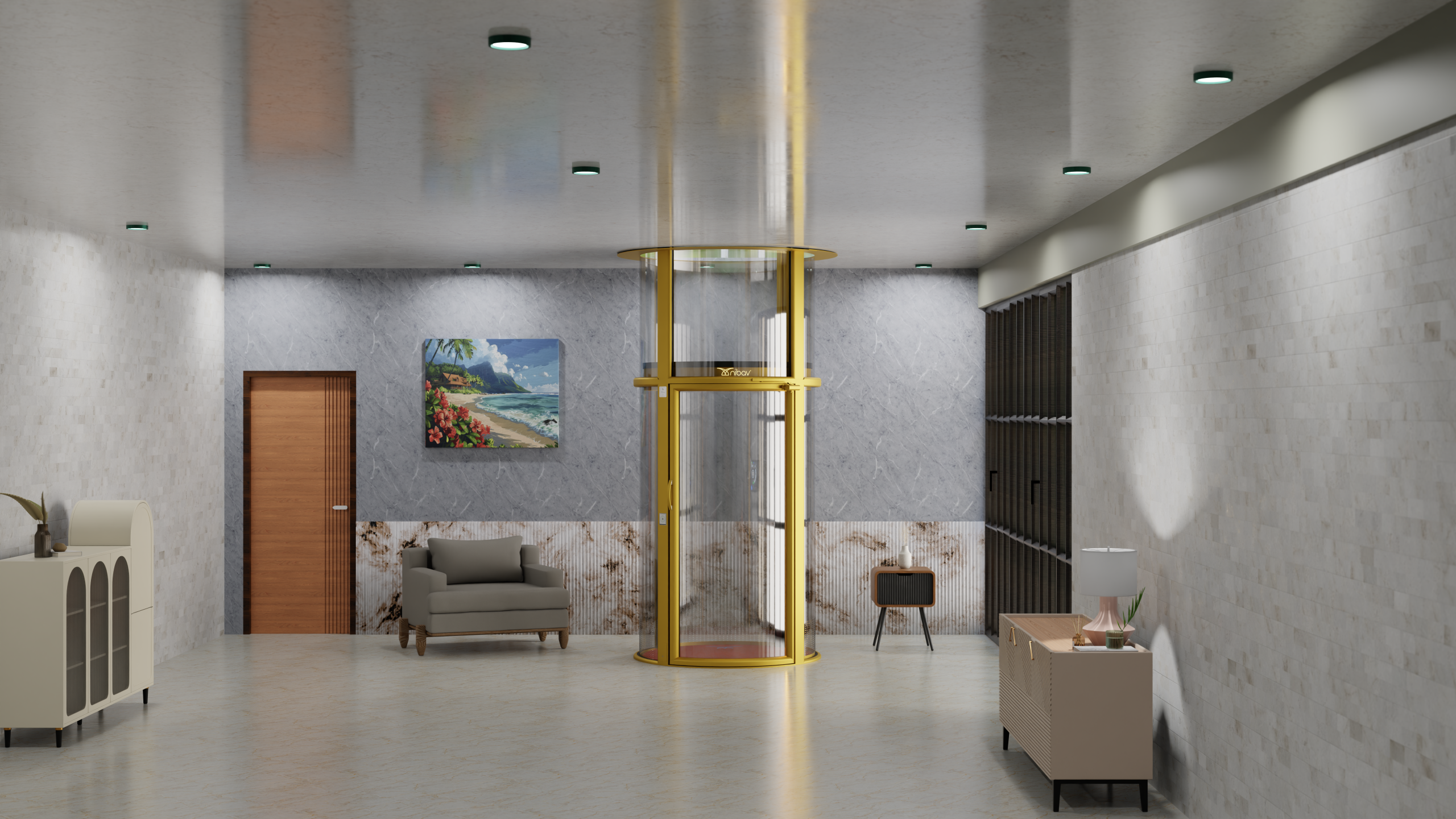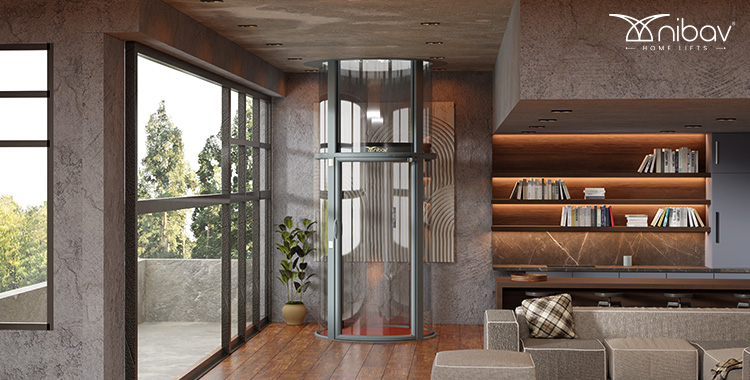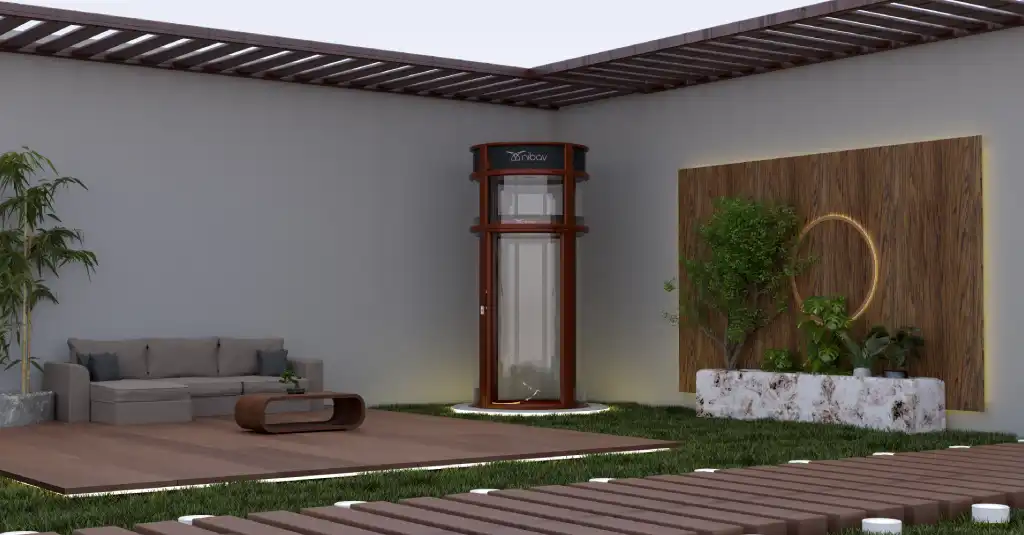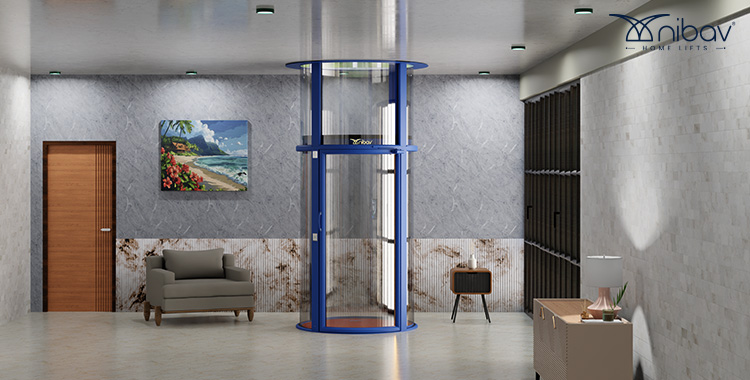
Table of Contents
As accessibility becomes more important for homeowners, it is important to pick the right wheelchair-accessible home elevator. Installing an elevator improves comfort, safety, and independence whether for seniors or those with mobility challenges. Choosing a wheelchair elevator for home requires considering a few important factors including, space, technology, safety, and money. This guide will help take you through the process so you can feel confident in your decision making process.
Understanding the Need for a Wheelchair-Friendly Home Elevator
For senior citizens or users with wheelchairs, a home elevator is not only beneficial for convenience; it also enables a safe and independent living situation. Many homes in Kenya, specifically multi-level homes, create a challenge for those with mobility challenges. A well-designed home elevator offers:
Improved accessibility: Allows easy travel between floors without assistance
Safety and ease of accessibility: Reduces the potential for falls on stairs.
Increased property value: Gives a modern look and feel to the house while providing an increase in property value.
Long-term investment: Future proofing for your aging family members.
Key Factors to Consider When Choosing a Wheelchair-Friendly Home Elevator
Space and Installation Requirements
Before choosing an elevator, evaluate the amount of space available in your house. There are wheelchair elevators for homes in different sizes and formats for example:
Compact elevators: Best for smaller residences.
Self-supporting elevators: They do not have a separate machine room that eases the installation process.
Vacuum elevator: Represents a new era of elevator technology that requires little space and uses air pressure to operate.
A professional home assessment by an expert from Nibav Kenya can help determine the most suitable option for your home layout.
Weight Capacity and Cabin Size
A wheelchair-accessible home elevator must be spacious enough to accommodate both the user and, if needed, a caregiver. Consider the following:
- The minimum cabin width for regular wheelchairs is 36 inches.
- Verify that the elevator has adequate weight capacity (minimum 250 kg is recommended).
- Choose elevators that offer easy entry and exit, with minimal or no gap between the floor and the elevator cabin.
Safety Features
Safety is paramount when choosing a home elevator for seniors and wheelchair users. Look for the following features:
- Non-slip flooring: Offers a safer way to enter or exit.
- Emergency rechargeable battery backup: The elevator will work in a power failure.
- Soft start/stop: The elevator will have a smoother ride without jerking.
- Handrails & accessible controls: Easier for the mobility impaired.
Type of Drive System
Different elevators use different drive systems, each with its pros and cons:
- Hydraulic Elevators: Smooth and reliable, ideal for wheelchair users. Requires a small machine room.
- Vacuum Elevators: Energy-efficient and space-saving, suitable for modern homes.
- Traction Elevators: Uses counterweights and is highly efficient for multiple floors.
Choosing the right system depends on your space availability, budget, and long-term maintenance preferences.
Energy Efficiency and Sustainability
A wheelchair elevator for home should be cost-effective in the long run. Vacuum elevators and traction elevators tend to be more energy-efficient than hydraulic systems. Consider features like:
- Low power consumption motors
- LED lighting inside the cabin
- Standby mode to conserve energy when not in use
Aesthetic and Design Integration
The interior decor of your home should match your home elevator. You can easily customize cabin finishes, integrate transparent panels, and choose contemporary styles to preserve the look of your home. At Nibav Kenya we offer contemporary and sleek designs to suit several styles of architecture.
Maintenance and After-Sales Support
Regular maintenance ensures the long-term performance and safety of your elevator. When choosing an elevator provider, consider:
- Availability of local service centers for quick repairs.
- Warranty periods on parts and service.
- Regular maintenance packages to prevent unexpected breakdowns.
Nibav Kenya provides reliable after-sales support and routine servicing to keep your elevator in top condition.
The Installation Process
The installation of a wheelchair-friendly home elevator typically involves the following steps:
- Site inspection –
- Design approval –
- Construction (if needed) –
- Installation –
- Testing and handover –
A technician observes space and specifications at your residence.
selecting the model, cabin size, and safety options.
preparing the location for installation.
usually completed in a few days to one week
ensuring all functions are operating correctly.
Why Choose Nibav Kenya for Your Home Elevator?
Nibav Kenya specializes in premium, wheelchair elevators for homes that prioritize safety, accessibility, and modern design. Benefits of choosing Nibav include:
- Space-efficient designs suitable for Kenyan homes.
- Energy-efficient and eco-friendly technology.
- Smooth and silent operation for a comfortable ride.
- Affordable pricing with flexible payment plans.
- Strong local support for maintenance and servicing.
Smart Technology in Wheelchair-Friendly Home Elevators
Home elevators in today’s market are being designed with smart technology for better functionality and affordability while complying with universal observation. From voice-activated controls to remote control through smartphone applications and automatic destination calls, home elevators are becoming easier for seniors and people with mobility problems to use.
In some cases, home elevators can even include real-time diagnostics and predictive maintenance alerts so that the elevator can function for longer periods of time without downtime.
Nibav Kenya has designed an advanced home elevator for seniors that includes advanced features that allow mobility to be safe and easy.
Conclusion
A wheelchair-accessible elevator can be life-changing for people in general, and more importantly, for seniors and other people that are limited in their physical mobility. Learning various aspects of space, safety, drive system, and maintenance can help you in the process of selecting the best home wheelchair elevator for a senior or wheelchair user. Nibav Kenya sells state-of-the-art wheelchair elevators for homes that want access and use to be modern and comfortable. Call Nibav Kenya today if you are looking for your perfect elevator for your home for the benefit of your loved one’s mobility!
Frequently Asked Questions (FAQs)
1. What is the most suitable kind of home elevator for wheelchair users?
The most suitable kind of home elevator for wheelchair users depends on space availability, budget, and any accessibility concerns. Hydraulic elevators provide a comfortable and smooth experience, vacuum elevators have the flexibility of very little installation area and traction elevators have low energy consumption in operation. Nibav Kenya has the models to suit different home scenarios comfortably.
2. How much space does a wheelchair-friendly home elevator require?
Most wheelchair-friendly home elevators will need a cabin that has a width of at least 36 inches to effectively accommodate a standard wheelchair. There are compact and self-supported models that will fit better into homes with less available space. An evaluation from a professional on-site, can give you a better picture of how much space you will need in your home.
3. What safety features should I look for when contemplating a home elevator for seniors or wheelchair users?
Some important safety features to look for would be automatic doors, non-slip flooring, emergency battery-backup, soft start/stop function, and controls which are easy to access. Any of these features, or a combination will result in an easy to use elevator for wheelchair users and seniors with step-free access to all indoor levels.
4. How long does it typically take to install a wheelchair friendly elevator at home?
Every installation can be a little different, depending on the model and any structural changes you may need to make in the house. Generally one can expect to have their home wheelchair-friendly elevator installed in a few days to a week depending on what is required, especially the self-supporting and vacuum elevator products.
5. Are wheelchair accessible home elevators expensive to be maintained?
Whether a wheelchair elevator is expensive to maintain depends on how often it is used and what product you have. Energy efficient products, like vacuum elevators, have the lowest cost to run. Nibav Kenya provides you with good maintenance options for keeping your home elevator in its best condition and to ensure little to no upkeep is required.
6. Can a home elevator be customized to match my homes’ interior?
For sure! Most of the wheelchair friendly home elevators on the market have the option of aesthetic features, including the cabin’s finish, transparent glass panels, and of course color to match the style of your home. As an example, Nibav Kenya has several sleek and modern styled elevators that add to the home they are installed in, while also remaining compatible with various architecture styles.
7. What would happen if the power went out while I was using the elevator?
Typically, most reliable home elevators for seniors or wheelchair users are fitted with an emergency battery-backup function. This means you will safely complete your journey and or return to the most local floor to exit comfortably. With this feature, you will never be stuck in the elevator, if the power fails.



